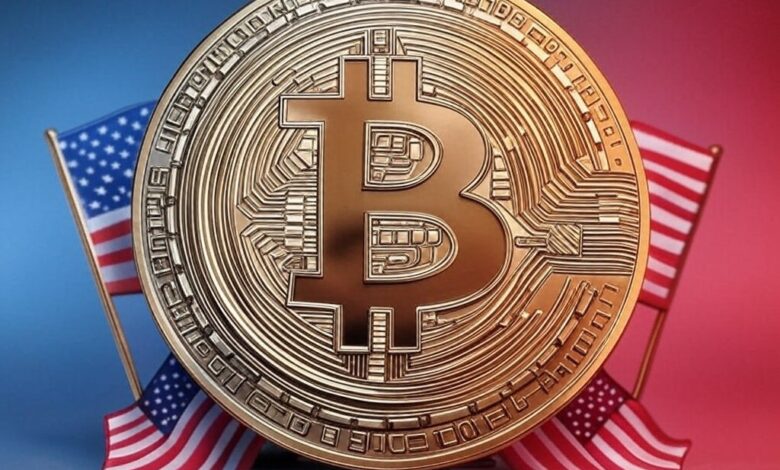Market Update: Bitcoin Gains 1.4% as US-EU Trade Tensions Ease

Bitcoin edged up 1.4% to $109,637 in early Asian trading on May 26, buoyed by improving market sentiment following a temporary de-escalation in trade tensions between the United States and the European Union.
The modest recovery follows a week of high volatility. Bitcoin had briefly touched an all-time high of $111,814 on May 22, before retreating to around $107,500. Despite the fluctuations, the digital asset remains up 15% over the past 30 days—an indication of continued bullish momentum.
Market confidence also reflected in the Bitcoin derivatives sector. According to data from Coinglass, open interest across derivatives markets rose by 2.59% in the past 24 hours to $76.66 billion. Daily trading volume jumped 10.85% to $89.91 billion. Rising open interest is often interpreted as a sign that traders are re-entering the market and positioning for further price movement.
The uptick in sentiment follows an announcement by former U.S. President Donald Trump on May 25, in which he agreed to postpone a planned 50% tariff on European goods. The deadline, originally set for June 1, was extended to July 9 after a request from European Commission President Ursula von der Leyen for additional time to advance trade negotiations.
In a post on Truth Social, Trump stated, “Today, I received a call from Ursula von der Leyen requesting an extension of the June 1 deadline for imposing a 50% tariff on EU trade. I agreed to the extension—July 9, 2025—and it was my honor to do so.”
The announcement came just days after Trump had rattled markets by threatening to impose the tariffs if talks failed, sparking concerns among global investors. His reversal offered some temporary relief and helped stabilize investor sentiment heading into the week.
U.S. stock futures responded positively to the news: S&P 500 futures rose 0.9%, Dow Jones futures climbed 0.8%, and Nasdaq 100 futures jumped 1% in Monday morning trading. Meanwhile, gold prices dipped 0.3% to $3,346.59 per ounce, reflecting a shift away from traditional safe-haven assets.
The decline in gold, paired with improved risk appetite, suggests that investors are gravitating toward higher-risk assets like Bitcoin, which continues to attract speculative interest.
While markets have temporarily adjusted to the reprieve in trade tensions, uncertainty remains. Trump’s evolving trade policy continues to cast a long shadow over global markets. Investors across both traditional and crypto markets are likely to closely monitor developments in the coming weeks as the new tariff deadline approaches.





